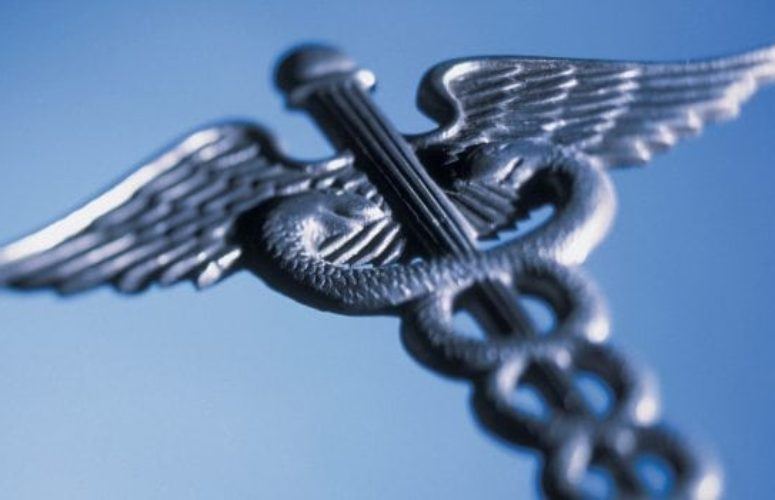
NJ Hospitals Commit to Joint Initiative to Reduce C-Sections
On Jun 6, 2018The state’s hospitals are joining with the New Jersey Department of Health and New Jersey Hospital Association in a statewide initiative to reduce unnecessary cesarean sections and protect mothers and babies against the associated risks.
All 49 of New Jersey’s hospitals that provide labor and delivery services have committed to the program. Under the direction of DOH and the Institute for Quality and Patient Safety at NJHA, these hospitals will adopt new processes and protocols specific to low-risk, first-time deliveries and ensure that C-sections are used only when medically necessary. They also will join in statewide education and data collection to measure the effectiveness of their efforts.
This commitment by the state’s birthing hospitals comes as New Jersey continues to post one of the highest C-section rates in the nation. Although there has been some improvement in recent years, New Jersey’s provisional C-section rate for 2016 was 30.3 percent, well above the target of 23.0 percent for Healthy People 2020, a 10-year national objective led by the U.S. Department of Health and Human Services.
“Improving maternal and infant birth outcomes is a key priority for the Murphy Administration, so we are pleased that all of the state’s birthing hospitals have joined forces with the New Jersey Department of Health and the NJHA. We will be asking all hospitals to follow best practices in reducing C-sections in first-time, low-risk births, and take other measures to ensure that care delivery is of the highest quality when a woman presents for delivery,” said Health Commissioner Dr. Shereef Elnahal.
Added NJHA President and CEO Cathy Bennett, “Delivering a baby is one of the most important times in which more medical intervention isn’t always best. We must approach this challenge as a partnership – with well-trained hospital teams working with well-prepared women and their support teams to ensure that every mother and baby has the very best care without incurring any unnecessary risks.”
While many C-sections are needed to protect the mother or baby, some are performed unnecessarily. That exposes women to increased risks of hemorrhage, infection, uterine rupture and cardiac events, said Aline Holmes, DNP, RN, senior vice president of clinical affairs at NJHA. Additional impacts include increased pain, delayed and difficult breastfeeding and slower return to normal activities. In newborns, C-sections are associated with impaired respiratory function, difficulty breastfeeding and more time spent in neonatal intensive care, said Holmes.
This effort will focus specifically on Nulliparous Term Singleton Vertex (NTSV) C-sections – that is, first-time, low-risk pregnancies with a single fetus in the proper position. All too often, a mother whose first child is born by C-section will deliver subsequent babies via C-section, even if she is a good candidate for a vaginal delivery.
Participating hospitals will adopt a number of evidence-based best practices in supporting mothers in labor and avoiding unnecessary C-sections. They include:
- Increased education for nurses and other staff on supportive care techniques for mothers in labor. That includes improved assessments for pain and providing education to spouses, partners and families to provide supportive care.
- Integration of doulas into the birth care team, including defining roles and expectations and improving teamwork and communication between nurses and doulas.
- Best-practice protocols in the use of regional anesthesia such as epidurals.
- Policies for the intermittent monitoring of low-risk women to protect the safety of mother and baby while allowing the labor to progress.
With data showing that fewer expectant parents are taking part in childbirth classes, the program also emphasizes greater education and guidance for parents, including early discussions for women whose fetuses are in an irregular position or who have other health concerns such as genital herpes. In many cases, these conditions can be addressed to allow women to deliver vaginally.
This work began in April with an introductory education program and will continue through 2019. The goal is to achieve a 10 percent reduction in NTSV C-sections by June 2019.
The NTSV collaborative is part of a larger effort of DOH and NJHA – the New Jersey Perinatal Quality Collaborative, which is focused on an array of maternal and newborn health issues including disparities in maternal and infant mortality and dangerous conditions such as obstetrical hemorrhage and severe hypertension preeclampsia. NJHA hosted collaborative participants in the New Jersey Perinatal Safety Conference, with expert presenters addressing issues such as racial disparities and maternal substance use disorder.
“As long-time partners with NJHA in the New Jersey Perinatal Quality Collaborative, we have seen success in reducing preterm births significantly in our state,” said Dr. Elnahal. “This new effort will build on those gains by spreading the tools and best practices so all our birthing hospitals can improve quality of care and reduce the state’s high maternal mortality rate.”
Presenters at the conference included:
- Denise Rodgers, MD, vice chancellor for interprofessional programs at Rutgers Biomedical Health Services
- Andrew Rubenstein, MD, of Hackensack Meridian Health, Hackensack University Medical Center, and Robyn D’Oria, RNC, APN, of the Central Jersey Family Health Center, co-chairs of the N.J. Perinatal Quality Collaborative Steering Committee
- Katherine Taylor, JD, PhD, co-chair of the Biomedical Ethics Committee at Penn Medicine Princeton Medical Center
- Barbara O’Brien, RN, director of the Office of Perinatal Quality Improvement at the University of Oklahoma Health Sciences Center
- Rachael Evans, MD, chief medical officer, Henry J. Austin Health Center, and
- Kathy Mahoney, PhD, RN, assistant professor, Kean University.
To access more business news, visit njbmagazine.com
Related Articles:





